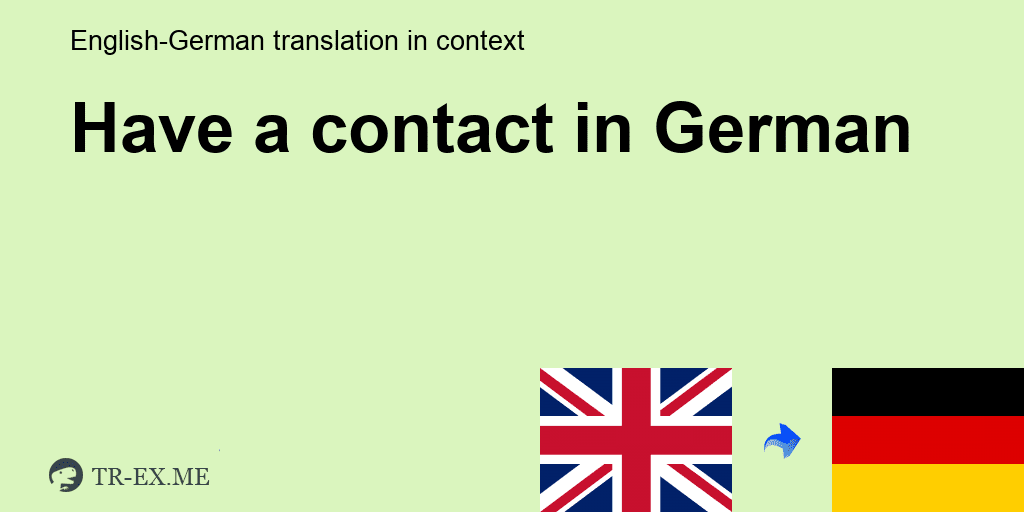
Have a contact?
Have a contact?
.
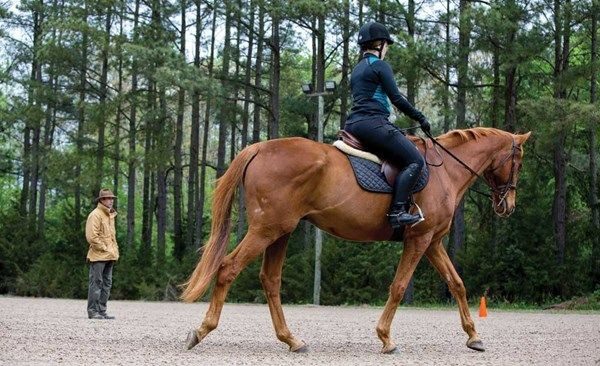
Performing circle curls to establish connection with the outside rein.
Bruno’s technique is to use dressage ways to improve contact between rider and horse in jumping training. According to her he works with her students and represents her during master classes. All riders note the very high performance of such work.
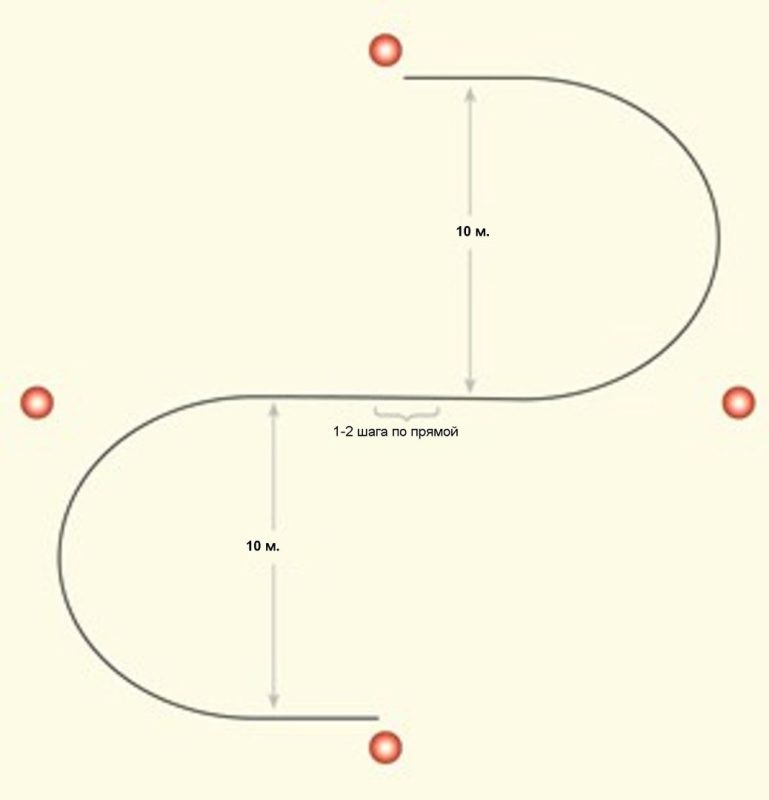
Changing direction within a 20m circle helps riders make better contact with their horses as it requires precise and coordinated control of the controls. When moving in such a circle, it is necessary to change direction through two 10-meter half-volts. When moving from one half-volt to another, before shifting the horse from one rein and shekel to the opposite, it is necessary to align it and take 1-2 steps in a straight line.
From the first day of training, Bruno teaches riders accurate and competent work. You must signal the horse and wait for his response. The rider’s signals must be as clear and consistent as possible. Only in this way will you improve your riding, as well as the rhythm, quality and performance of the horse’s movements. The rider should give the message calmly, then the horse will begin to behave more in training. When the correct contact is established, the horse begins to work with his back, to carry himself. Ultimately, it will move freely, relaxed and under the complete control of the rider, who in turn will use a minimum of controls.
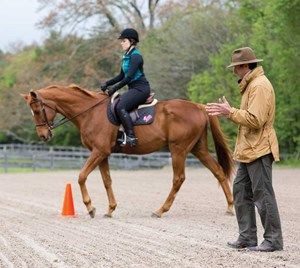
Bruno explains to the rider that she needs to bend the horse inward during the turn. Then, without dropping the inside rein, she must straighten the horse’s neck with the outside rein, thereby leaving the horse on the circle. This scheme helps to establish the right contact.
The cones placed on the 20-meter circle help riders and horses to better navigate and maintain a constant trajectory, to stay focused on maintaining a stable, rhythmic, balanced and relaxed movement around the circle. When problems arise between rider and horse, Bruno works on the controls that caused the misunderstanding. Work continues until the rider is in order and the horse starts correctly. answer to the message
Changing direction within the 20m circle also helps to improve communication between rider and horse. The rider needs to exit the circle in front of one of the cones, perform a 10-meter half-voltage, level the horse (1-2 steps in a straight line), change direction and go to the second 10-meter half-voltage, and then return to the big circle at the point where the opposite is set. cone. Working according to this scheme, the rider must very clearly control his own body.
Riders are surprised that such a simple task at first turns out to be very difficult. If you do not react in time, do not control the horse, you will not be able to execute this scheme clearly and correctly, you will not be able to keep the rhythm and pace of the horse’s movements.
Riding this pattern with cones or markers will show you your underlying bonding issues with your horse. You may need to seriously work on the loss of rhythm, balance, rigidity, lack of flexibility and elasticity, the inability to follow the scheme clearly. designated landmarks…
Inner and outer reins.
When driving in a circle, riders need to watch not only to ensure that the horse maintains the necessary bend and moves in the same rhythm and balance. He has to work out other equally important points. So, some riders slow down on the walk. According to Bruno, activity can be created by alternately closing the right and left leg. This encourages the horse to move more vigorously. Also, the rider should not work with the leg, making great efforts or squeezing the horse for a long time – this will lead to that she will stop responding to the leg at all. If the rider learns to increase the activity of the horse at the walk, using right-left leg pressure, he can try to use this skill both at the trot and at the canter.
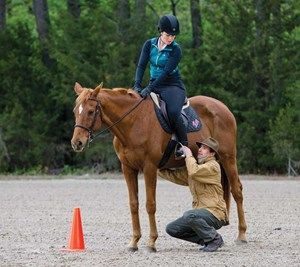
Bruno shows the rider how much effort to apply when working with the leg. Soft pressure can affect the rhythm of movements if you know how to use it correctly..
When moving in circles, many horses tend to straighten up and put their weight on the inside shoulder. Once the rider learns to use the inside and outside reins, he will be able to correct this mistake.
Bruno asks to bend the horse inward, even slightly bend it, working gently and persistently. internal reason. Then, without changing the inside rein, ask the horse to straighten his neck on the outside rein. The outside rein opposes the inside rein and keeps the horse on the circle.
The result of this action is contact between rider and horse, which ensures proper flexion in the arc. Once the connection to the outside rein is established, the rider does not need to use the inside rein to bend the horse.
This exercise also allows the rider to feel how the horse shifts weight from the inside front leg to the outside hind leg. As Bruno explains, if you lead your horse to an obstacle from a turn, you will be able to jump more easily if the horse’s weight is transferred to the hindquarters, since the shoulders will not carry any extra load. This technique borrowed from dressage will greatly facilitate your task on the route.
If your horse loses momentum, try to move him alternately with the left and right leg in a certain rhythm, but the pressure should be gentle. This will improve the horse’s rhythm and make him move more actively.
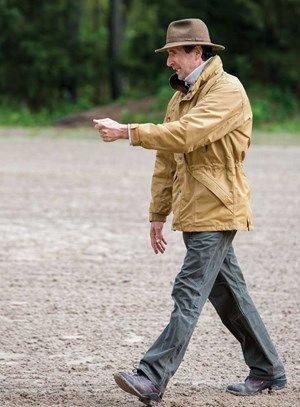
Bruno explains that by pivoting on the outside rein, you shift the balance from the front inside leg to the outside hind leg, thereby improving his.
Transitions.
Once you have improved the quality of your messages so they are crisp and clear, you can move on to the next step in your program to improve rider-horse contact.
It is the transitions that will help you strengthen your bond with the horse. Now that you can give clear signals, you should have no difficulty making transitions. The transition should be clear, accurate, active, without loss of rhythm. If the upward transition is blurred and stretched, Bruno recommends paying attention to your controls, to the consistency, timing and clarity of the messages. You must achieve a clear initial gait before making the transition. “When the stride is perfect, get up into a trot. When the trot is perfect, get up into a canter,” says Bruno. To help riders make the correct downward transition, Bruno advises remembering one detail: “I don’t stop trotting, I start walking.” Remember, the transition is not a loss or increase in speed, it is a change in the order of rearranging the legs.
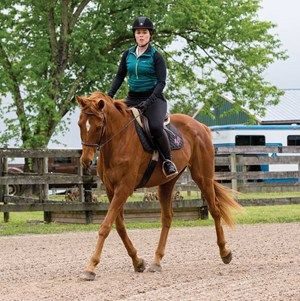
The rider paid a lot of attention to the rhythm, now there are improvements in the quality of movements and the preservation of momentum..
These simple exercises will help you create a clear and strong relationship with your horse. Riders who use them in training are sure to come to a better understanding of their horses, just as horses will come to understand their riders better.
Abby Carter; translation by Valeria Smirnova (a source)





